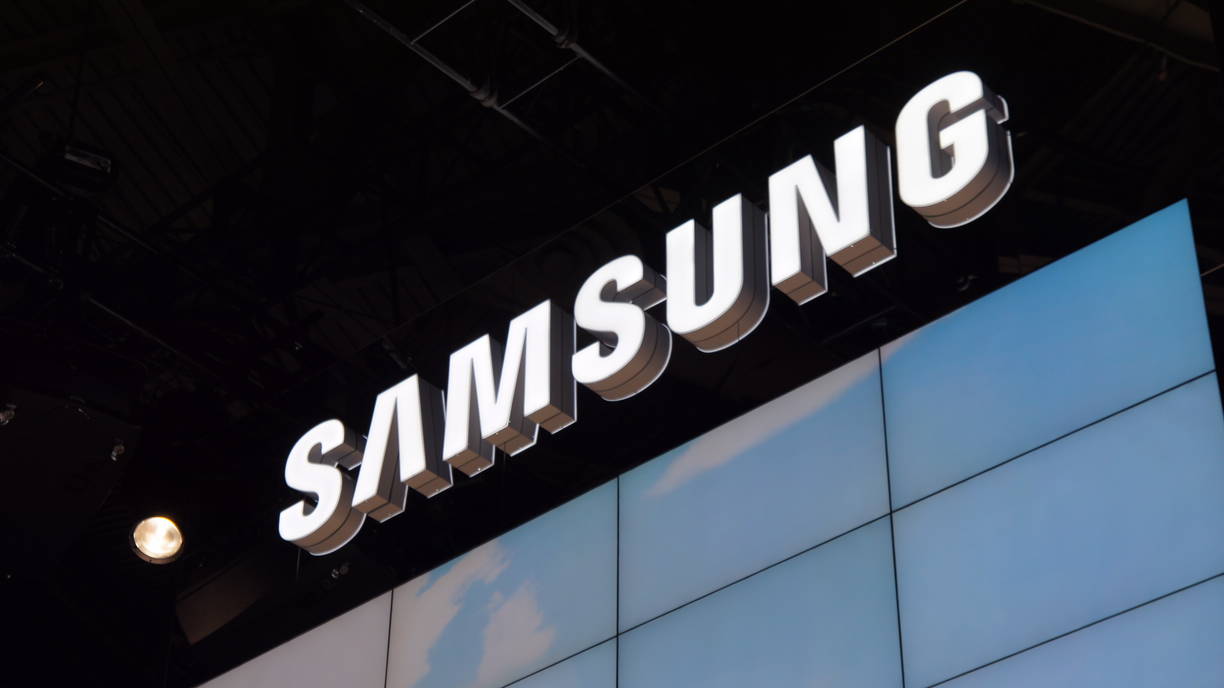The first quarter has hardly ended, and industry analysts are already wondering how successful it turned out to be for certain semiconductor manufacturers. Highly dependent on the memory market, Samsung Electronics will hit a four-year high in operating profit.
The average forecast of 13 analytical companies, according to Reuters, indicates the ability of the operating profit of the South Korean giant to reach $ 10.9 billion in the last quarter. This is 41% more than the same period of the previous year; as well as the maximum since the first quarter of 2018.
Directly from the sale of semiconductor components, Samsung could receive $ 6.26 billion in profit, two times more than in the first quarter of the previous year. It is the sale of semiconductor products that brings the company more than half of the profits. Good quarter results were supported by high memory prices. Manufacturers, including Samsung, did not blindly increase the volume of memory production, this allowed them to maintain the volume of supply at a favorable level for them.
Samsung Electronics’ first-quarter earnings set to hit highest since 2018

Samsung’s mobile division should make a profit of $3.3 billion, slightly below analysts’ expectations. Flagship Galaxy S22 smartphones could sell about 8 million units in the first quarter. Leaving the Russian market will not be a big loss for the company, according to experts: although Samsung controlled about 30% of the smartphone segment in Russia, the Russian and Ukrainian markets formed no more than 2% of total revenue. It will be easy to make up for such a loss at the expense of other regions.
In separate news, The Indian government is determined to turn the country into one of the world’s semiconductor manufacturing hubs, given the booming domestic demand. The authorities approached Samsung Electronics with a proposal to build a microchip factory in the country. India plans to attract semiconductor giants, promising them significant benefits.
At the moment, we know that the chip development market in India has grown; from $14.5 billion in 2015 to $52.6 billion in 2020. At the same time, there are too few factories in the country for their independent production.
Samsung Electronics entered the Indian market in 1995. The Korean tech giant makes home appliances here, including refrigerators and even state-of-the-art OLED TVs. However, there is not a single Samsung semiconductor manufacturing facility in the country; the country simply does not have significant advantages in comparison with the United States or China; where the infrastructure is much better.





